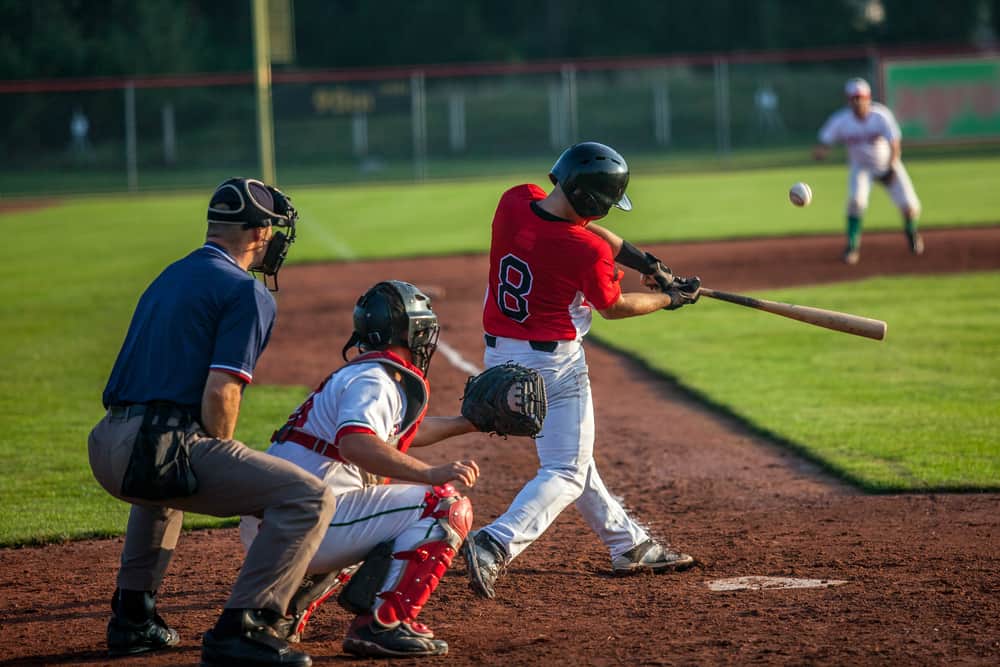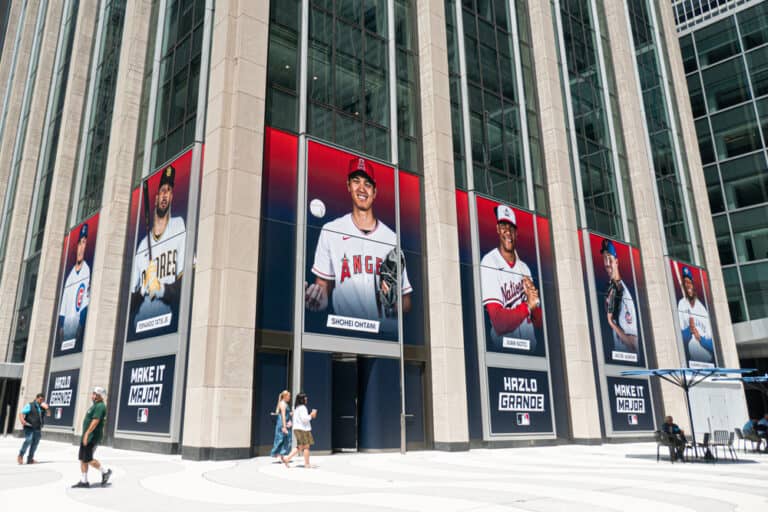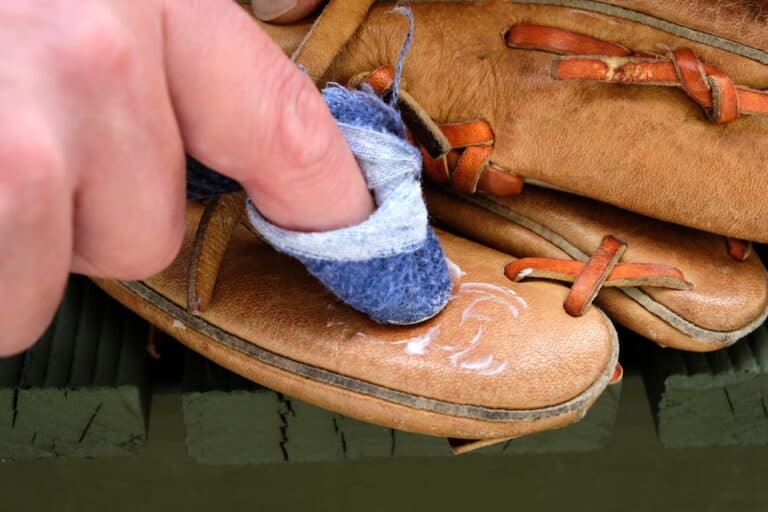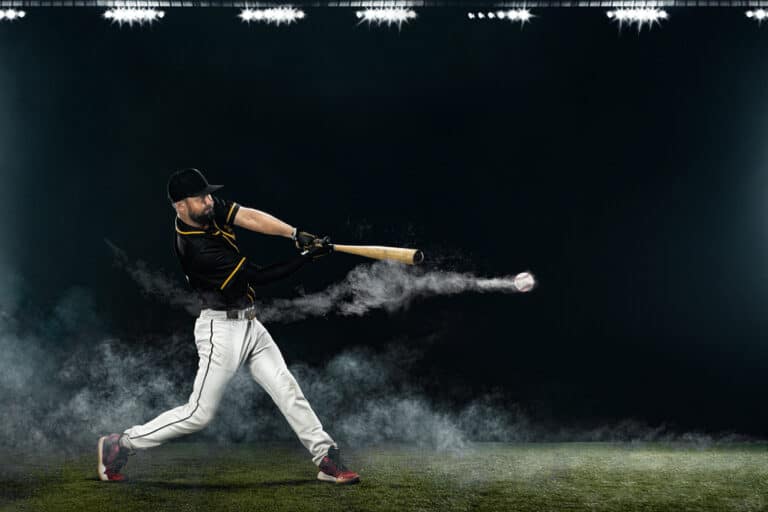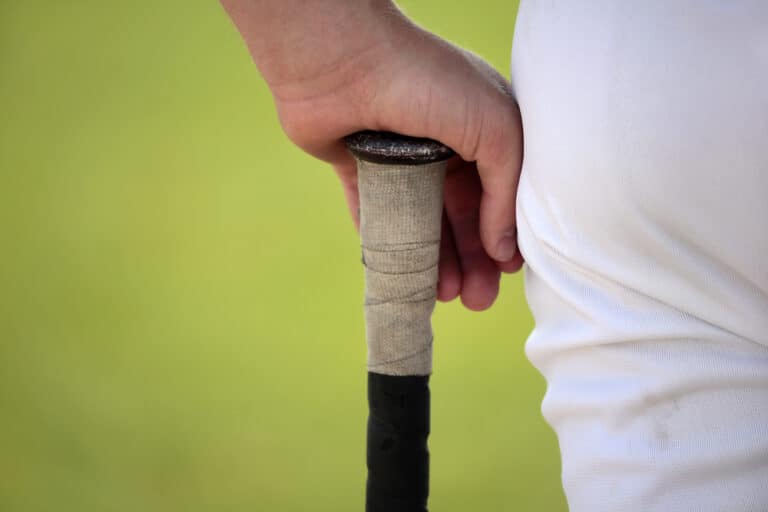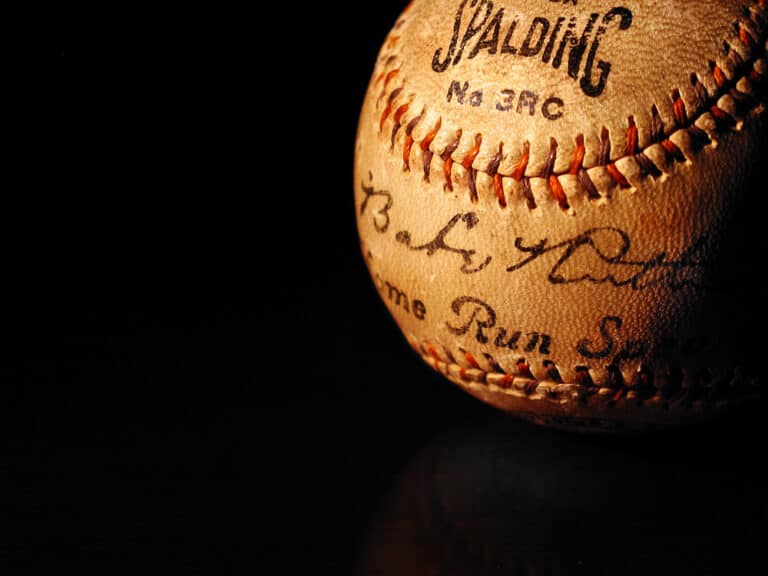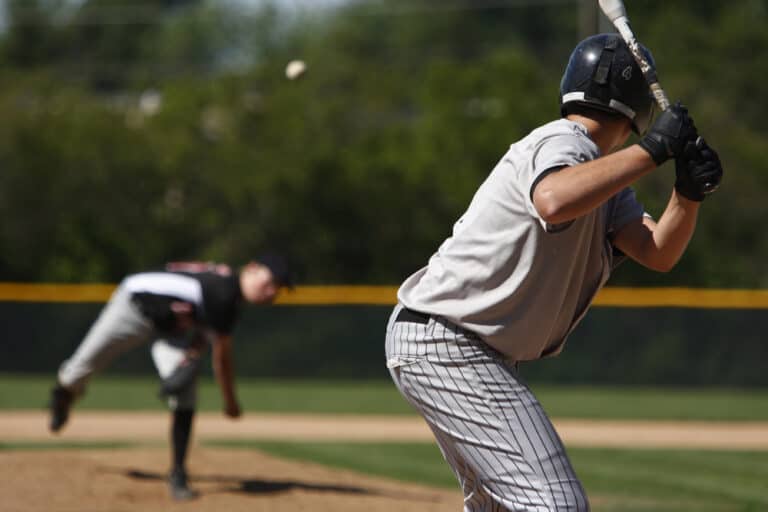Punch And Judy Hitter: Explained
Punch, and Judy was a famous marionette performance that began in Italy in the 16th century and was embraced in the United Kingdom. However, the show’s popularity has waned due to its problematic themes, including Punch’s infamous tendency to pound the heck out of his wife. Thankfully, a Punch and Judy hitter in baseball has nothing to do with domestic abuse.
A Punch and Judy hitter in baseball is also known as a banjo hitter. It refers to a weak batter whose hits are so soft it often sounds like a banjo’s “plunk” twang. Punch, the puppet held his bat awkwardly. Thus, being called a “Punch and Judy hitter” also implies a poor batting stance.
Slapping in softball is an effective technique along with bunting. This is primarily due to the mound being closer to the plate, a smaller diamond, and the third baseperson standing closer to the home plate. But in baseball, slapping the ball is typically an insult to the batter. These are players that are hitting short due to weakness rather than strategy. Hence the insulting term, Punch and Judy hitter.
Punch And Judy Hitters Are A Special Kind Of Poor Batting
It is rare to see a Punch and Judy hitter in the MBL. These days, these hitters are primarily seen in kids’ leagues, and it is just plain to mean to use that term for a young person still learning baseball fundamentals.
However, a weak MBL hitter isn’t completely extinct. Pitchers are infamous for their batting skills, and most teams use a designated hitter. But occasionally, a pitcher comes to the mound, which is sometimes hilarious. James Paxon is always a fun one to watch.
But not all pitchers are terrible in the batter’s box. For example, Madison Bumgarner (MadBum) is a home run threat, capable of smacking the ball over 112 miles per hour. Then, of course, there is Babe Ruth, who tended to hit a home run occasionally (714 times).
Nor does being a lousy hitter necessarily a Punch and Judy hitter. These hitters make contact but are in the “aw bless” category. Hence, the alternative name, banjo hitter, for the “plunk” noise made when the bat and ball connect. Thus, you can’t really call Paxon a Punch and Judy hitter, given how little he makes contact with the ball.
The worry with a Punch and Judy hitter is that they are an easy out. They hit the ball, but so weakly, it is easily fielded, and the runner is out before they’ve claimed a base. Thus, they are as worthless as a player that routinely strikes out. However, there are significant exceptions to this stereotype.
Tony Gwynn: A Famous And Proud Punch And Judy Hitter
Tony Gwynn (Mr. Padre) is one of the most well-known MBL Punch and Judy hitters, and he’s never been ashamed of it. But this Hall of Fame player wasn’t terrible in the batting box; he simply did have the power to hit a home run.
Gwynn could hit a single with incredible regularity. He had a .338 career batting average, something many highly acclaimed batters don’t even achieve. His career high was in 1994 with a .394. He was predicted to break .4 that year, something that hadn’t been done since 1941, but then came the player’s strike.
Gwynn played for 20 MBL seasons. The left-handed batsman played for the San Diego Padres his entire career, hanging out in the right field on defense. Mr. Padre might not have been a flashy home run hitter, but he got the job done, and fans adored him for it.
Where Is A Punch And Judy Hitter In The Batting Order?
The weakest hitter on the team is found at the end of the batting order, typically 9nth. Thus, it is common to find a Punch and Judy hitter near the end of the lineup. However, Tony Gwynn was second in the Padre’s lineup for years, hitting after Alan Wiggins. The pair made an incredible duo. However, Gwynn has been honest that his game suffered for a period after Wiggins had to leave the team.
Where Are The Best Hitters In The Batting Order?
A baseball team typically plays their best batters in the first four spots in the batting order. Your top batter is third or fourth, the latter often called “clean up.” The first two batters are typically not known for hitting home runs but reliably getting on base. Thus, if the lineup goes to plan, the bases are loaded when the home run hitter steps into the batter’s box.
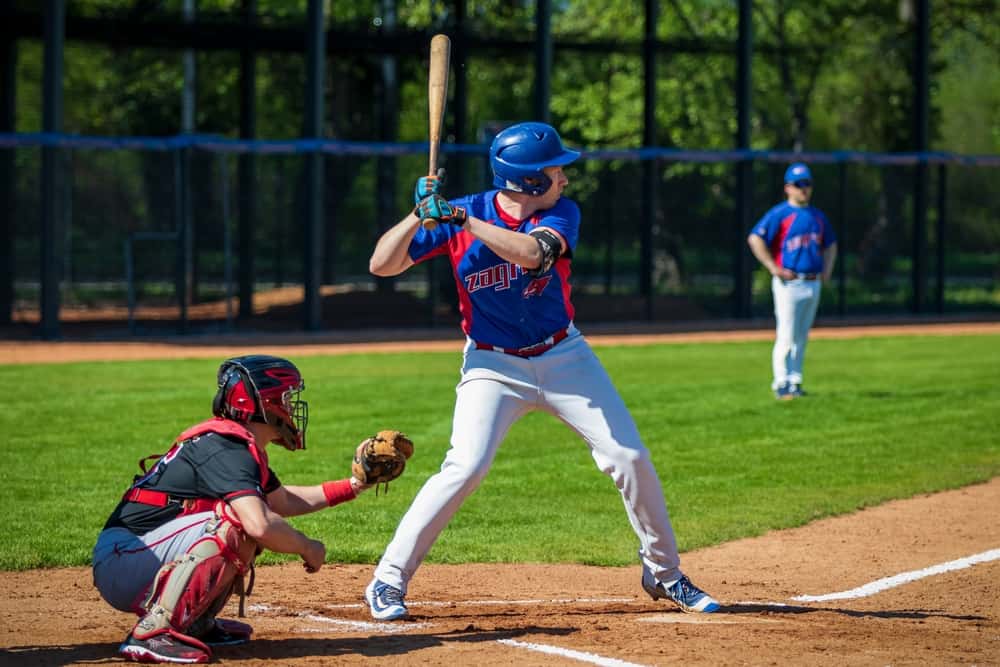
Why A Punch And Judy Hitter Probably Has A Poor Stance
A Punch and Judy hitter often has a poor batting stance or, at least, a bad swing. Power from a hitter isn’t just about muscle but using the body correctly. Chopping at the ball, or popping it up with no power, leads to easy outs.
A premature wrist roll is a common culprit for batters that hit a lot of weak grounders.
Dropping the elbow or arms causes the bat to go under the ball, causing a miss, foul ball, or an easy popup.
Gripping the bat too tightly also slows the swing. The bat needs a firm grip, but the batter must avoid tension in the arms, so the muscles can move with a fluid grace that generates speed.
Some batters just can’t relax into their stance and are tight all over, making them stiff as a rake. These people struggle to spin their hips and shoulders without losing their balance as they are locked up. The tight, upright position results in that chopping action that reminds many of Punch the puppet. The tense swing has no control; thus, the short hit cannot be placed accurately on the field.
All of these mistakes are different from a batter properly executing a bunt or a slap hit. These hits are done on purpose, and the batter knows where they want to drive or drop the ball. It is not a random movement and requires a ton of practice to perform with reliable accuracy. While these techniques are far less common in baseball than in softball, they’ve helped teams win, even in the World Series.
Conclusion
Calling a batter a Punch and Judy hitter or a banjo hitter is not a compliment. It implies the batter is weak and probably has a terrible batting stance. That said, Tony Gwynn proudly wore the term and took himself and others to base time and time again.
References
- https://www.quora.com/What-does-it-mean-to-be-a-Punch-and-Judy-hitter-in-baseball
- https://www.gaslampball.com/2011/7/15/2277856/tony-gwynn-interview-part-5-being-a-punch-and-judy-hitter
- https://www.referee.com/think-outside-box/
- https://www.baseball-reference.com/bullpen/Banjo_hitter
- https://www.mlb.com/news/featured/tony-gwynn-and-the-400-batting-average-chase

